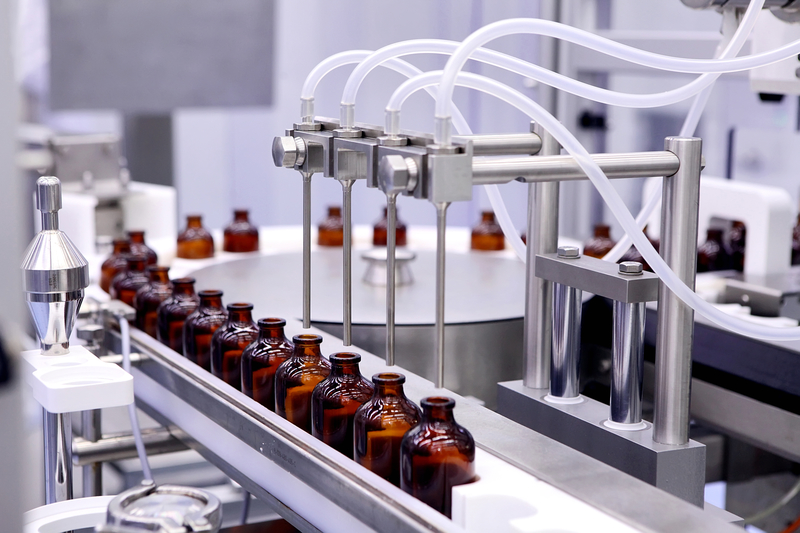When running a business, there are lots of avenues from which you can purchase resources. The necessary equipment for day-to-day operations can be bought new or used. While there are advantages and disadvantages to both, in most cases the used equipment is the better option.
Cut Costs
The primary advantage is the most obvious and also the most essential. The first stages of a business are delicate. Usually, you won’t even be making a profit until over a year from when you begin.
If you do not plan your finances carefully, your business will be doomed before it can even get off the ground. You need to cut costs wherever possible without compromising the quality and standards of your service and/or product. Buying used equipment is one straightforward way to contribute to this. Sometimes, you can save thousands of dollars just by buying gear that isn’t brand-new.
Get Better Quality
On the other hand, you need to be concerned about longevity. The biggest disadvantage of used equipment is the greater likelihood for that equipment to fall apart. It also might require constant, expensive maintenance that costs significantly more than it would with a brand-new version.
It’s always important to know how used equipment has been maintained when reviewing the options. The better maintained it has been over previous years, the better it will serve your purposes. Also, keep the make and model in mind when researching; mass-produced machines of today don’t have the same build quality as older machines. If you’re not familiar with the materials in question, talk to someone who is.
Long-term Finances
You should be thinking about finances in a short-term, survival sense–making sure that you make it through the rough patch at the beginning of every business. But you also need to have the long-term in mind. The fact of the matter is that used equipment saves you money in more ways than one. State-of-the-art versions of the same technology can require adapters or software that cost even more when older models interface just fine with what you have. The rate of value depreciation of older, higher-quality models also is slower than cheaper, factory-made versions.
Research is key. Long before the business begins, you should have a detailed financial plan that details the price of every purchase and its associated maintenance. By coming to know how to recognize well-maintained equipment, and by knowing exactly what the business expects of that gear, you will be well-prepared for the future.
Did you enjoy reading this article? Here’s more to read: How to Maintain Your Company’s Manufacturing Output

